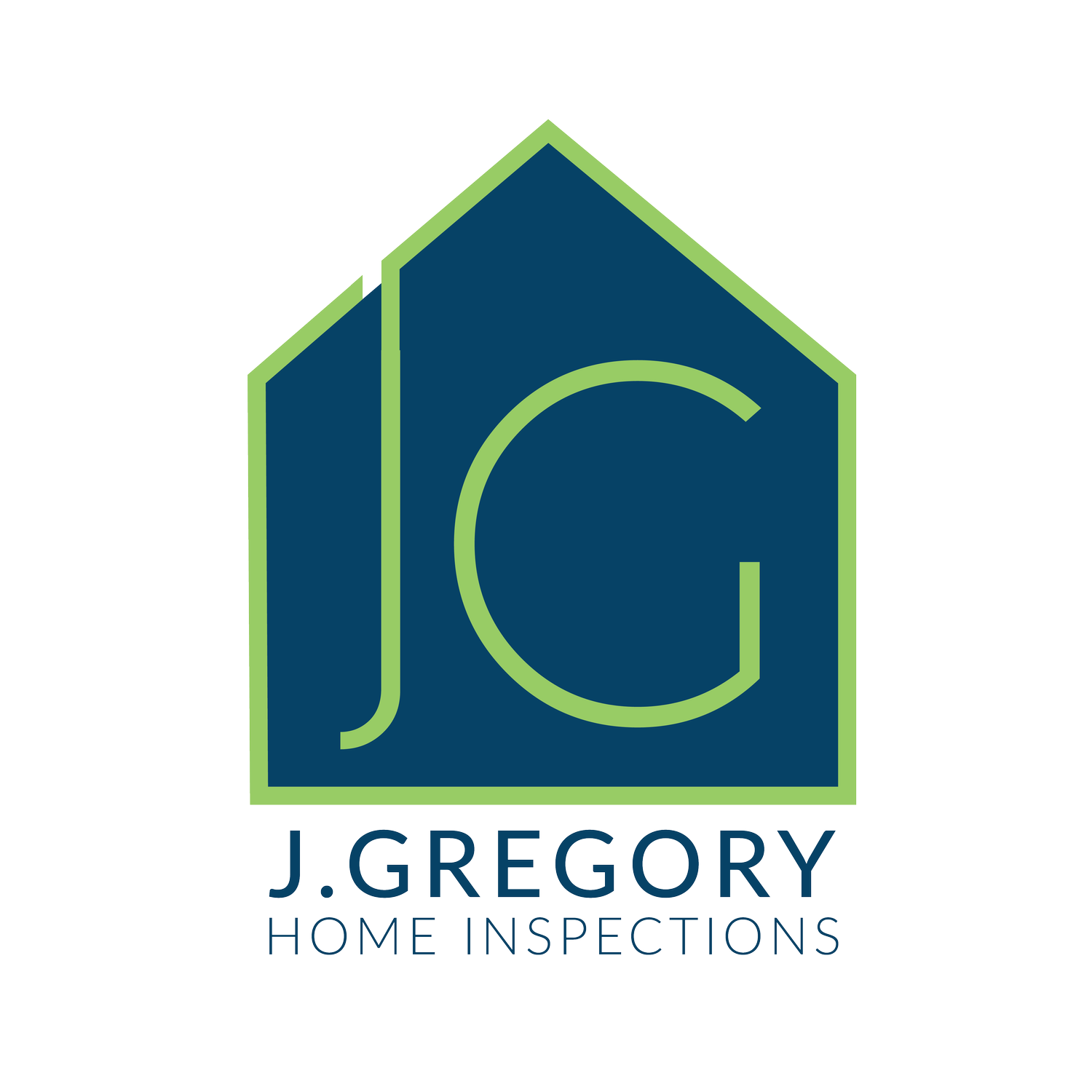Choosing the Right Roof System for Your Home: A Comprehensive Guide
Your home's roof is more than just a protective covering; it's a vital component that contributes to the overall aesthetics, energy efficiency, and durability of your property. When it comes to selecting the right roof system for your residential home, there are various factors to consider, including climate, budget, and architectural style. In this article, we'll explore the different types of roof systems commonly used in residential construction to help you make an informed decision.
1. Asphalt Shingles:
Overview: Asphalt shingles are the most popular choice for residential roofing in North America. They are cost-effective, versatile, and available in a wide range of colors and styles to complement any home design.
Advantages: Affordable, easy to install, low maintenance, and suitable for most climates.
Disadvantages: May have a shorter lifespan compared to other materials, susceptible to wind and hail damage.
2. Metal Roofing:
Overview: Metal roofs have gained popularity in residential construction due to their durability, longevity, and energy efficiency. They are available in various materials, including steel, aluminum, and copper, offering different aesthetic and performance benefits.
Advantages: Durable, long-lasting, recyclable, fire-resistant, and energy-efficient.
Disadvantages: Higher upfront cost, potential for noise during heavy rain or hail, and may require professional installation.
3. Wood Shake/Shingle:
Overview: Wood shakes and shingles provide a natural and rustic look to residential homes. They are typically made from cedar, redwood, or pine and offer excellent insulation properties.
Advantages: Aesthetic appeal, natural insulation, environmentally friendly, and can last for decades with proper maintenance.
Disadvantages: More susceptible to rot, decay, and insect damage, may require regular maintenance such as staining or sealing.
4. Slate Roofing:
Overview: Slate roofs are renowned for their elegance, durability, and longevity. They are a premium roofing option that adds timeless beauty to residential properties.
Advantages: Exceptional durability, fire resistance, low maintenance, and eco-friendly.
Disadvantages: High cost, requires specialized installation by skilled professionals, and heavy weight may require additional structural support.
5. Clay or Concrete Tiles:
Overview: Clay or concrete tiles are commonly used in Mediterranean and Spanish-style architecture. They offer durability, fire resistance, and a distinctive aesthetic appeal.
Advantages: Longevity, energy efficiency, low maintenance, and available in various colors and profiles.
Disadvantages: Heavy weight may require reinforced roof structures, higher upfront cost, and potential for breakage during installation or severe weather.
6. Flat Roof Systems:
Overview: Flat roofs are a popular choice for modern and contemporary residential designs. They provide a sleek, minimalist look and can be used for outdoor living spaces or green roof installations.
Advantages: Versatility in design, potential for additional usable space, and easier access for maintenance.
Disadvantages: Requires proper drainage to prevent water pooling, may be prone to leaks if not installed or maintained correctly, and limited insulation options.
Choosing the right roof system for your residential home is a significant decision that impacts both the aesthetics and functionality of your property. Whether you opt for the affordability of asphalt shingles, the durability of metal roofing, the natural beauty of wood shakes, the timeless elegance of slate, the distinctive appeal of clay or concrete tiles, or the modern versatility of flat roof systems, it's essential to consider your specific needs, budget, and architectural style. By understanding the characteristics and benefits of each roof system, you can make an informed choice that enhances the beauty and value of your home for years to come.


